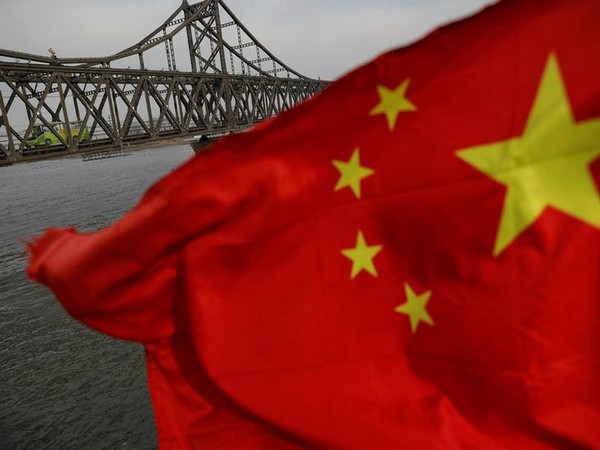The over-dependence on China for economic development could be a miserable option for any country, and the latest examples of it, are Pakistan and Sri Lanka which have been facing a dire financial crisis at present, according to reports. It is not a coincidence that these two countries have been the biggest beneficiaries of economic “assistance” from China. But instead of becoming more resilient, they folded up in the wake of the global economic crisis brought about by a pandemic many suspects originated in Chinese laboratories, Global Strat View reported.
China’s “Debt Trap” policy follows a similar global pattern. Pakistan, an “all-weather friend” of China, remains another example, which, according to a recent World Bank Report, now finds its place in the world’s 10 largest borrowers. Pakistan owes most of its debt to China. The China-Pakistan Economic Corridor project, which aims to connect Gwadar Port in Pakistan’s Baluchistan with China’s Xinjiang province, is a flagship project of China’s BRI. Further, it has been argued by various analysts that China is using “debt-trap” diplomacy to gain access to strategic assets in Pakistan. The infrastructure projects in Pakistan were financed by Chinese banks.
Meanwhile, the crisis in Sri Lanka was apparent after the pandemic that dried up the international tourist traffic to the island nation, one of its main foreign exchange earners, the country’s debts spiralled and foreign exchange reserves shrunk as the end result of reckless borrowings from China to finance infrastructure projects, reported The Hong Kong Post. With tourism hit by the pandemic, the economic structure of Sri Lanka, which was already tottering under the heavy burden of loans, crumbled. A major part of this debt was owed to China, which accounts for nearly USD 8 billion.
This debt burden was a result of China’s Belt and Road Initiative (BRI) projects like Hambantota Port and Colombo Port City for which Chinese agencies lent large amounts to Sri Lanka under stiff terms of repayment. Notably, in 2021-22, Colombo’s debt repayment to Beijing amounted to nearly USD 2 billion. Further, Hambantota port has already been leased out to China for 99 years against USD 1.2 billion. In the face of the deepening foreign exchange crisis, Sri Lanka President Gotabaya Rajapaksa sought China’s help in December 2021 as he requested a debt restructuring in a meeting with China Foreign Minister Wang Yi.
However, Beijing has reportedly shown Colombo the door, according to the media outlet. Ironically, the deeply pro-China Rajapaksa government dug its own grave as it had booted out the Millennium Challenge Corporation (MCC) of the USA with its offer to extend developmental assistance grant to Colombo as the Board of Directors of MCC discontinued its USD 480 million contract with Sri Lanka in December 2020 “due to lack of partner country engagement,” the publication reported citing the US embassy. Further, China-assisted projects in Sri Lanka are likely to deepen the indebtedness of the island nation.
Notably, China refused to assist Sri Lanka which appealed to reschedule its huge Chinese debt burden in the face of the Covid-19 outbreak that has adversely affected the tourism sector, said a media report. Chinese loans have come at a hefty cost for Pakistan and Sri Lanka. The slow bleeding would have continued for a few more years without the extent of the damage being recognized by them. While the warnings by experts have been ignored by Colombo and Islamabad alike, the pandemic, followed by the Ukraine-Russia conflict, has exposed how vulnerable both economies had become due to indiscriminate borrowing from China.
Two countries going down almost the exact same way is not a coincidence. Other countries tempted by the Chinese-inspired dream of rapid economic progress need to think twice before embracing economic engagement with the dragon. Whether it will make them more resilient or vulnerable to shocks is the question they need to ask. Countries like Madagascar, Maldives and Tajikistan are also reeling under Chinese debts.

